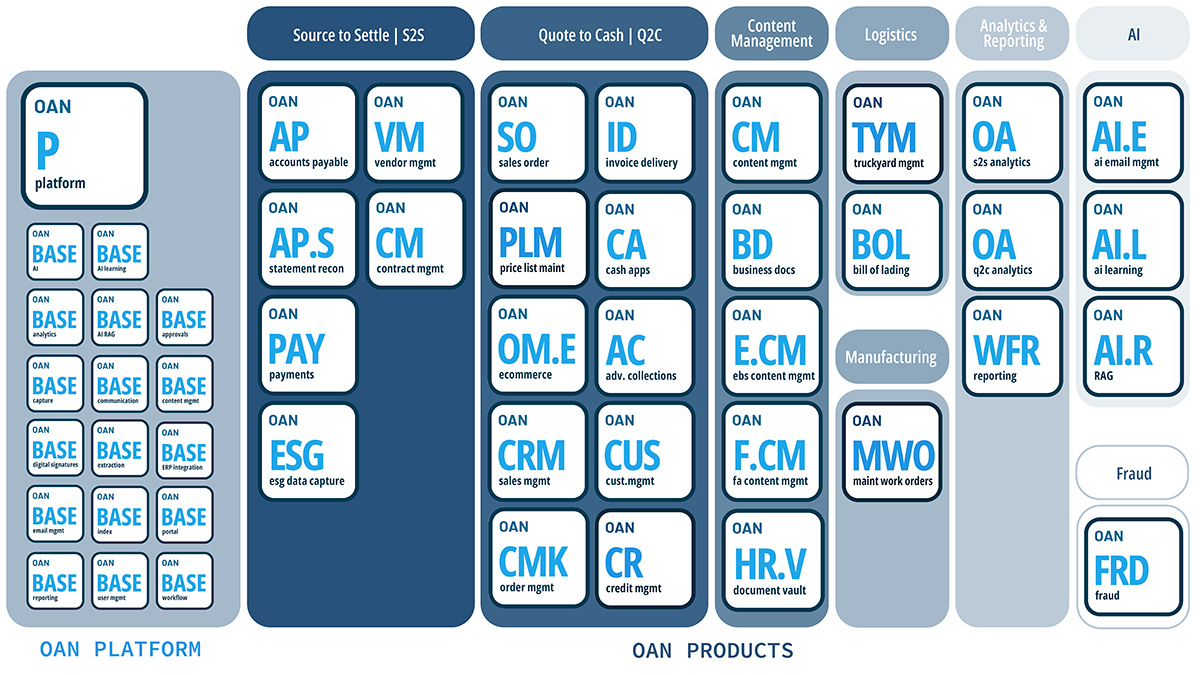Companies, entrepreneurs, and managers are venturing into e-commerce for business growth. The strategy opens up opportunities for income generation and offers access to an extensive market.
Sales order automation is critical to achieving success through increased profits and should be at the forefront of an organization’s digital transformation.
An Overview of Sales Order Automation
It is the entire process of taking care of a customer’s order from order placement up to delivery, including taking requests, packaging, shipping, order tracking, and after-sales services like product returns.
We can simply say that it is the procedure of making sales and getting the items into the client’s hands or requested delivery point. Investing in sales order automation software will improve e-commerce by streamlining the processes and it is available for businesses across many industries.
Merchants will manage online orders more effectively and can use them on-premise to streamline sales while ensuring customer satisfaction.
E-commerce Sales Order Management
Automating sales orders for e-commerce is handling and completing online orders. It covers every aspect of the process, from customer ordering, order routing, packaging, labeling, shipping, and refunds.
Sales order automation aims to make the ordering process smooth and provide a product to a client promptly. It aids in tracking a customer’s item when purchasing online, from when shoppers add each item to the cart to when it reaches the customer, as well as any subsequent returns. Previously enterprises would rely on Excel sheets and enterprise resource planning applications, which could have been more effective.
Thanks to technology and innovation, businesses can invest in a flexible, scalable, and adaptive digital solution to be responsive to demand or market changes. Here is how an e-commerce sales order system should work;
- Placing an order
The order management lifecycle starts with the customer placing an order using an eCommerce platform. You will get the order details when someone purchases an item from your online shop. The personnel at the warehouse will need access to the information, which would help integrate the system with your warehouse management software.
- Item Picking
Sending order details to the warehouse should be automatic, particularly if your business processes many online orders as it will streamline and speed up order fulfillment.
Working with an established sales order automation service provider is critical for the project’s success. They can assist in identifying digital tools to integrate into the sales order management system depending on the business needs.
- Ordering
Packaging operations happen at the warehouse. With an integrated sales order automation solution, workers can quickly gather details about items from several orders and move them for packaging, where another team preps the item for shipping.
The stage includes labeling orders for shipping according to customer requests and preferences. An integrated system makes information easily accessible to all involved in prepping orders before delivery.
- Order delivery
Shipping is the final step in order processing which involves sending out the ordered products using a reliable courier service. Depending on the customer’s delivery address, online merchants can partner with shipping companies and identify suitable service providers.
Sales order automation will provide digital tools for order shipping management but you’ll need to work with the courier services to ensure that they arrive on time to pick up.
- Order tracking and Customer Updates
Online merchants must inform clients about their order status: A sales order automation system helps update shipments and the dates the items will likely reach customers. Some businesses have a shipping company communicate to customers about their shipment, passing up a chance to engage and impress the client.
- After-sale Service and Problem Resolution
Businesses seek to make an impression on customers through packaging but must provide after-sales service to guarantee customer satisfaction.
Clients should easily find return information in case of an error or if they don’t like what they bought. An integrated system enables buyers to get assistance from the customer service department with speedy resolutions to problems with their orders.
How automated is your process?
Many businesses find out later that their sales order management systems are not adequate to handle increased demand and changing consumer needs. Enterprises can determine inefficiencies in sales order management if several manually executed steps can be laborious, waste time, and increase expenses.
You probably have automated many business processes, but ensuring that it supports your e-commerce strategies is important.
Here are some things that can help you identify if you have a fully automated system for e-commerce:
Inadequate Functionality
Sales order automation software might not fulfill all requirements in your e-commerce business, requiring additional features if missing a crucial function. The inadequacy makes transitioning to a new system difficult later.
It is advisable to integrate digital tools that improve your business management system. Still, avoiding having numerous features might make the sales order processing platform hard to use. Only select the tools you need and specific to your industry.
Slow or erratic Syncs
Inaccurate inventory and shipping information can arise from human errors or challenges in data synchronization. Also, users may find it challenging to send data from different applications without continuous synchronization, meaning there will be no accurate records at all times.
The existing System does not Support Multiple Packages
If your sales order platform does not support multiple order processing, upgrading is necessary. You do not want to send items clients had in the same cart during order placement in separate packages. The system may occasionally mistake multiple requests as a single order, taking more time to process client requests necessitating upgrading,
Scalability
Firms serving clients from different territories or are likely to expand in the future require a scalable digital solution to suit their needs.
Users cannot View Data in the system
After entering data and configuring digital tools integrations, you cannot view the information, generate reports or access the dashboard, your sales order management system is inadequate.

